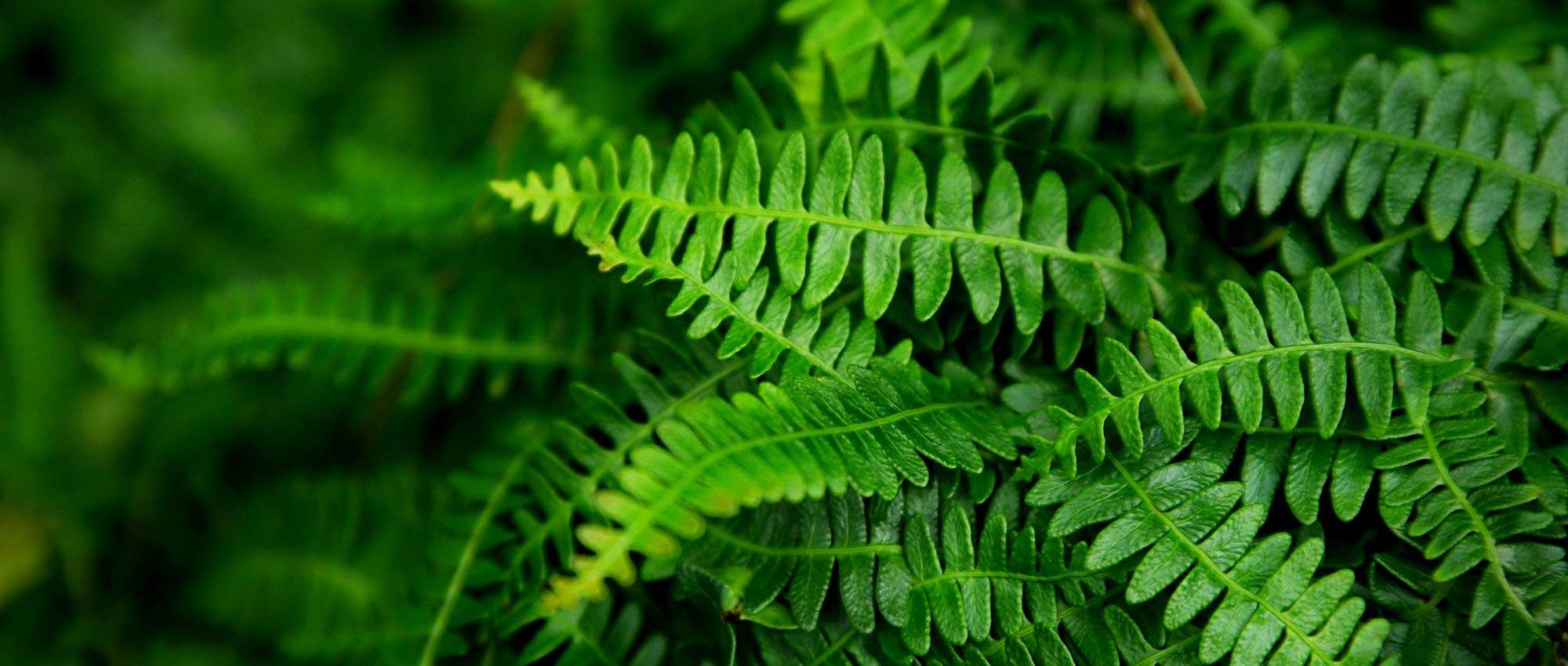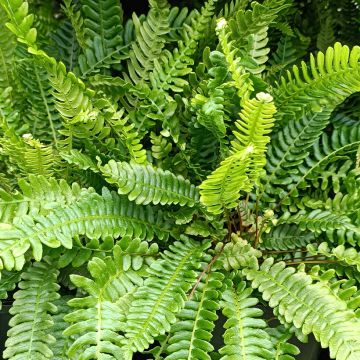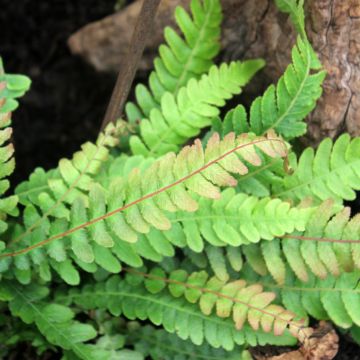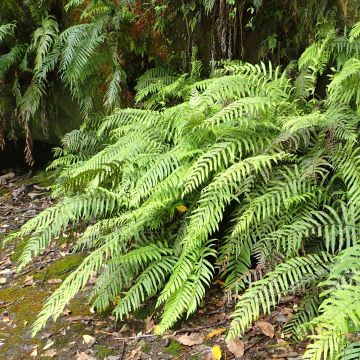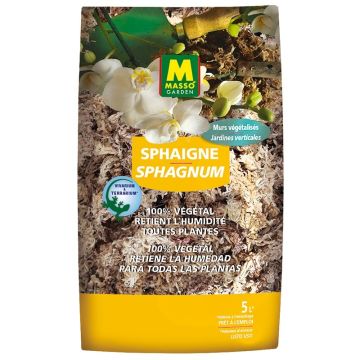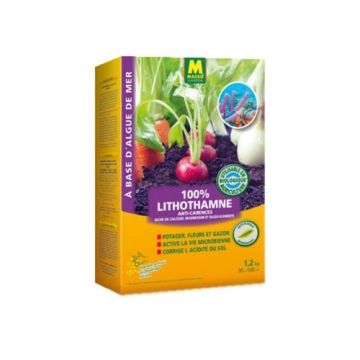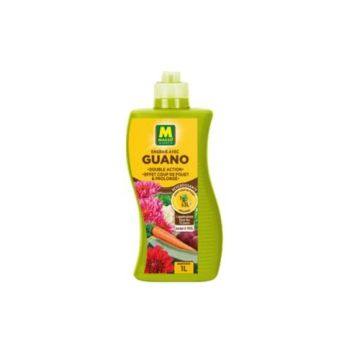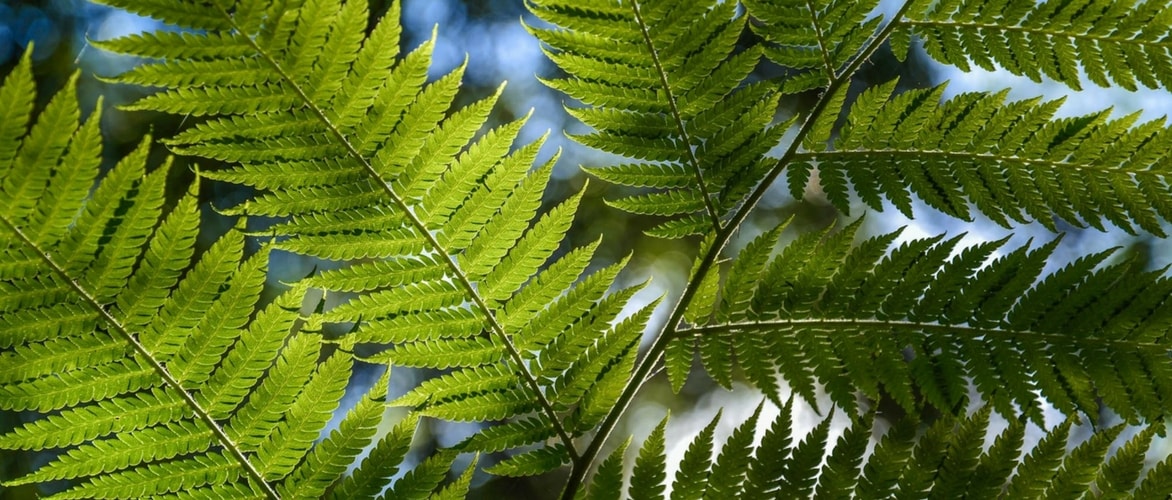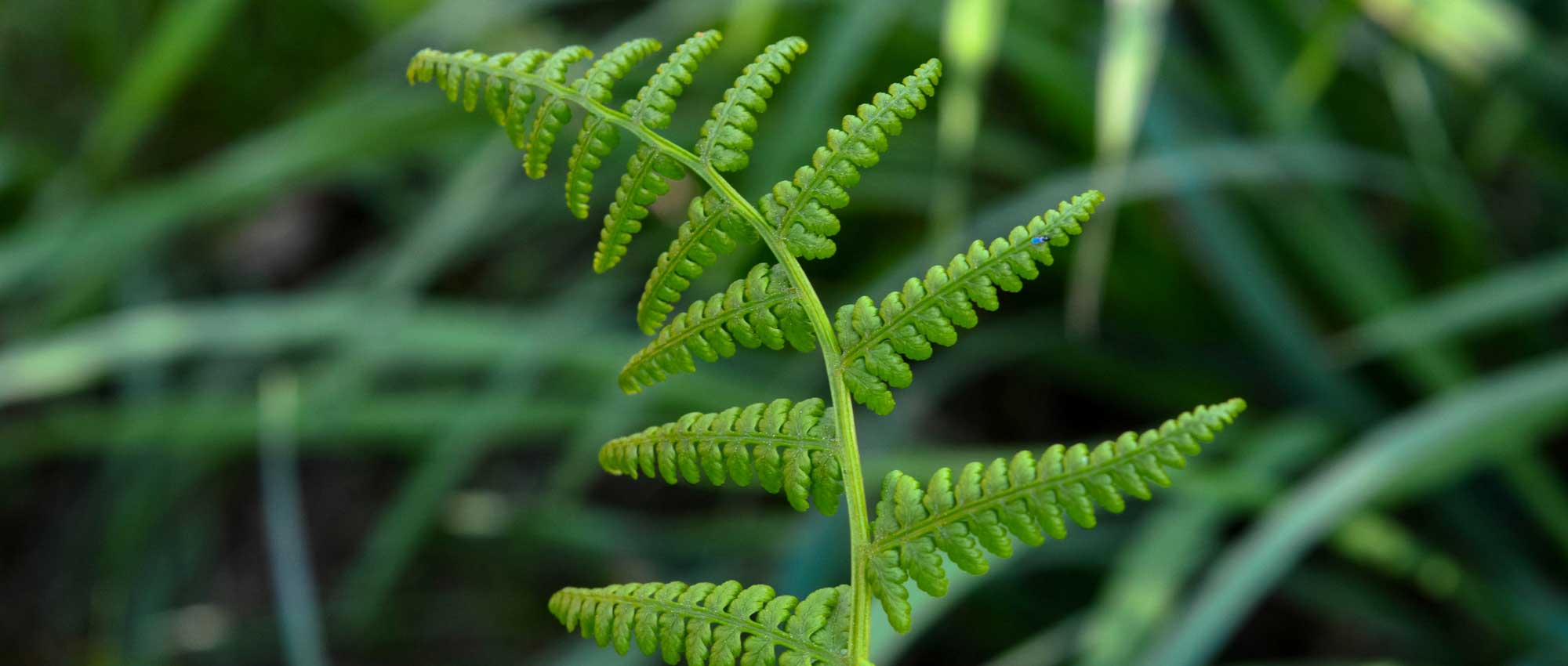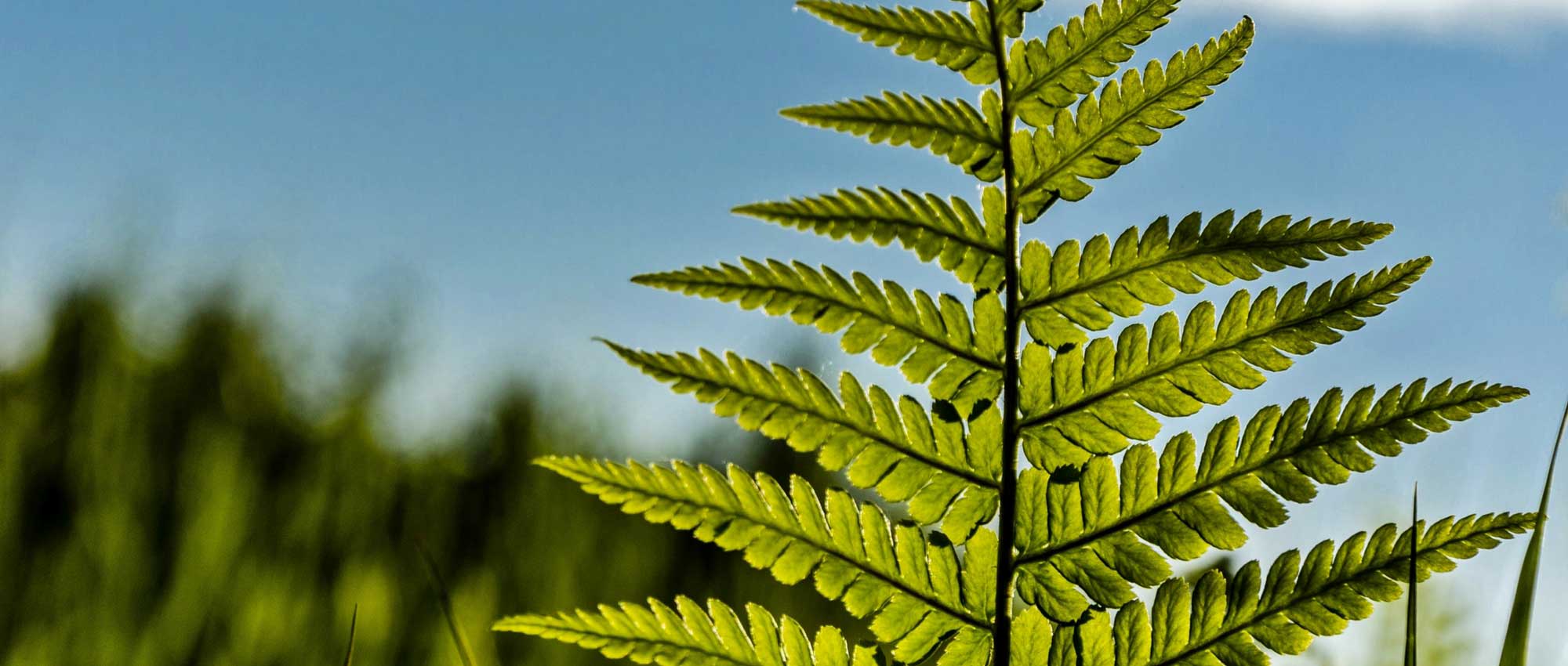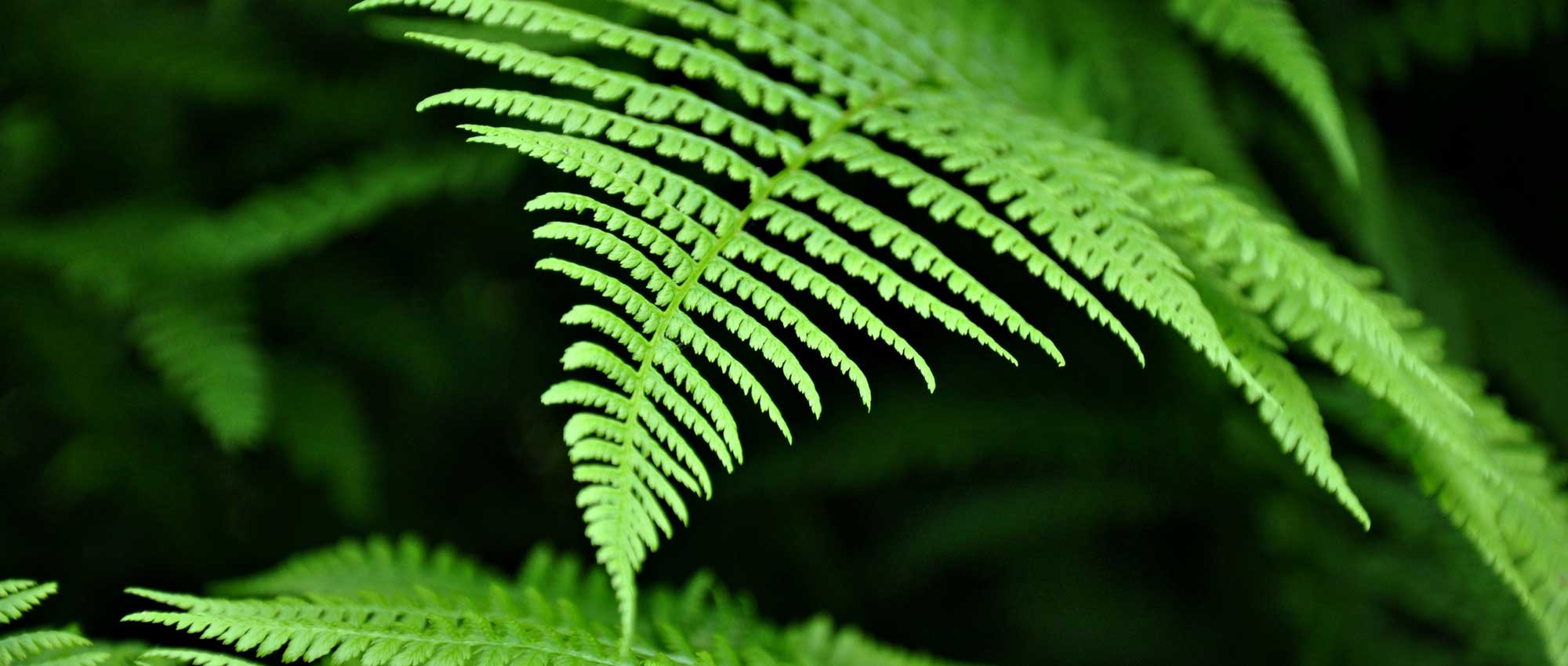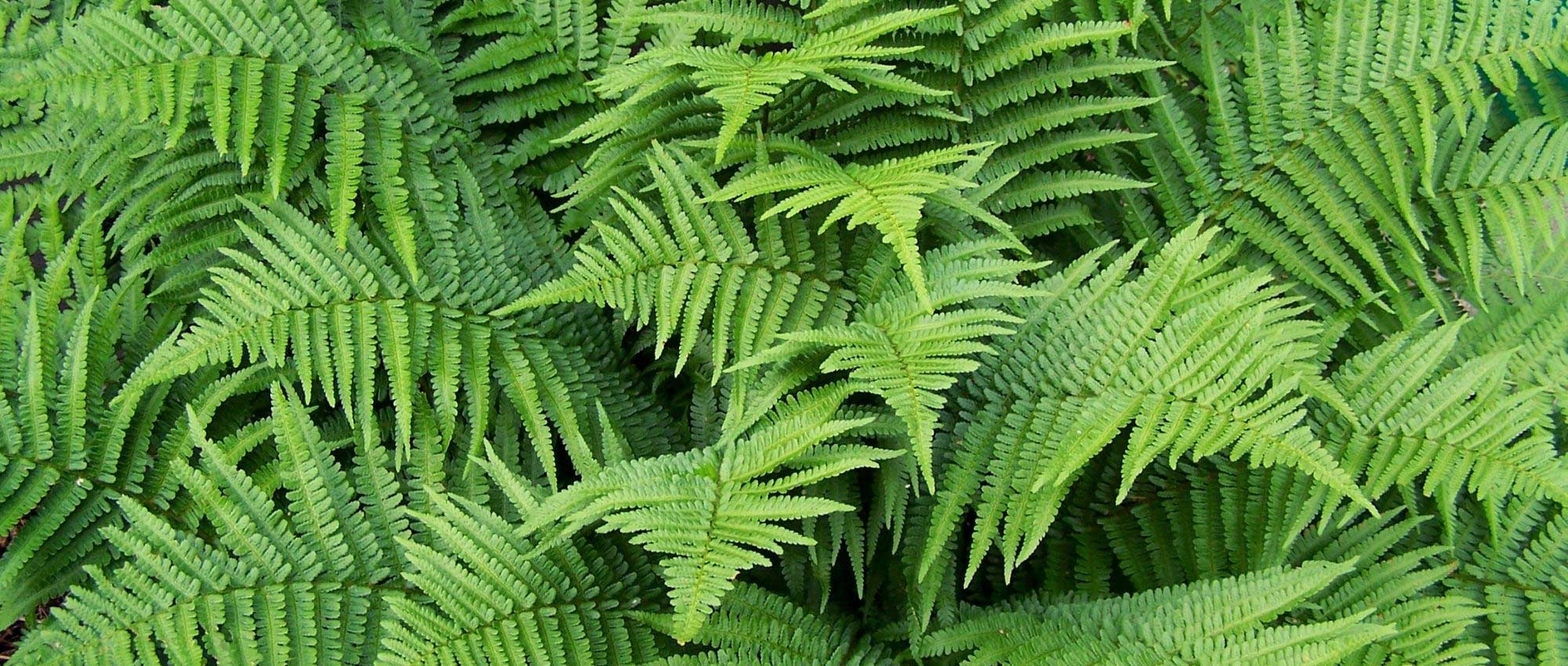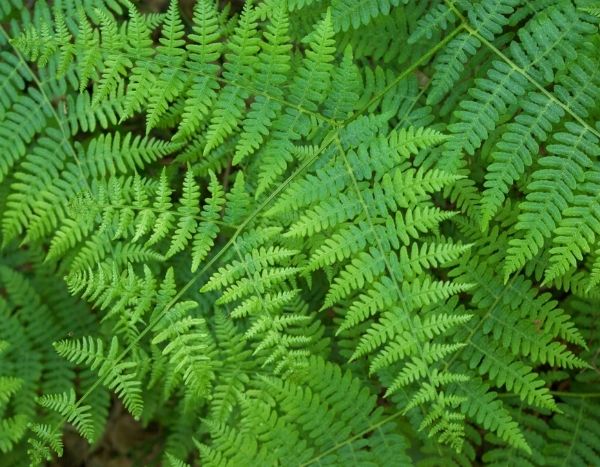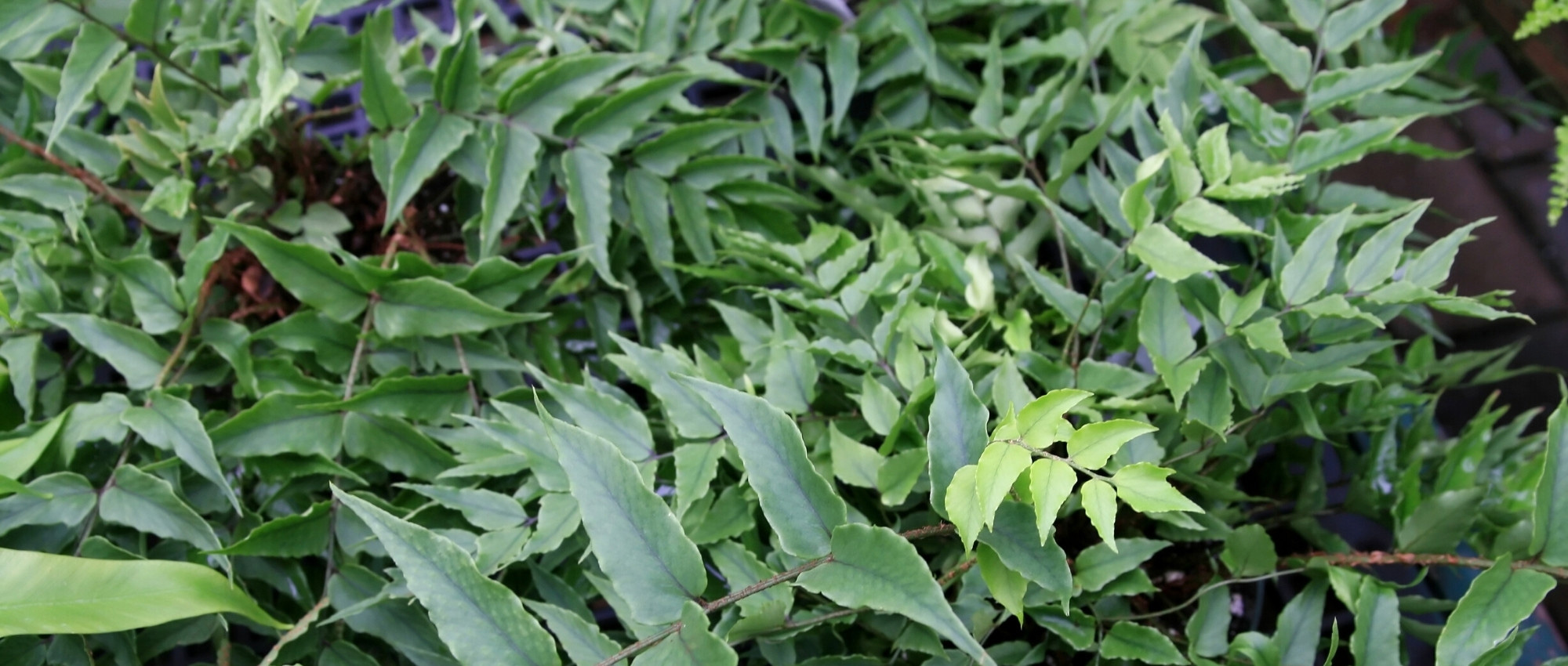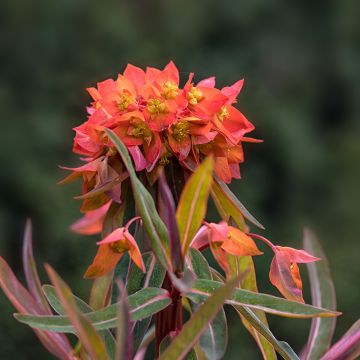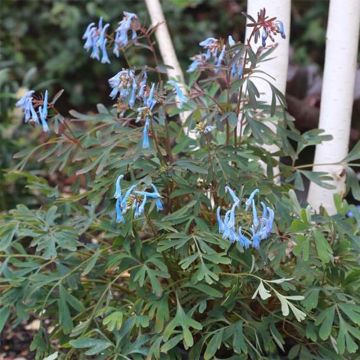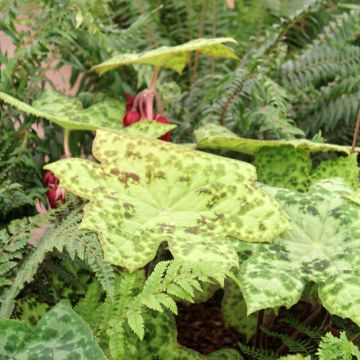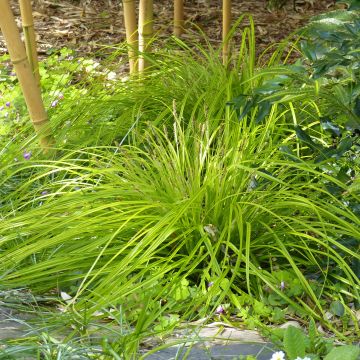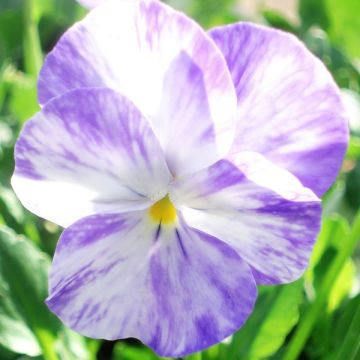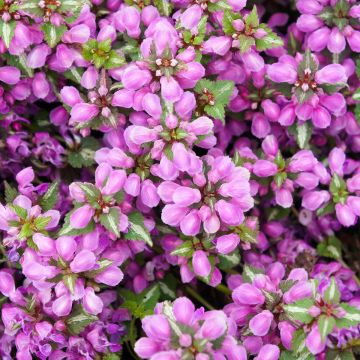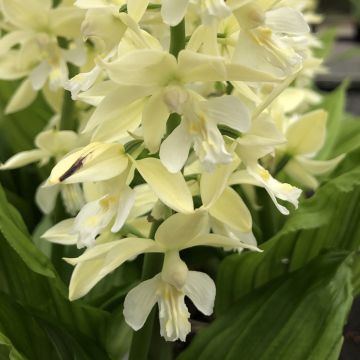

Blechnum fluviatile - Ray water fern
Blechnum fluviatile - Ray water fern
Blechnum fluviatile
Ray water fern, Kiwa kiwa
Special offer!
Receive a €20 voucher for any order over €90 (excluding delivery costs, credit notes, and plastic-free options)!
1- Add your favorite plants to your cart.
2- Once you have reached €90, confirm your order (you can even choose the delivery date!).
3- As soon as your order is shipped, you will receive an email containing your voucher code, valid for 3 months (90 days).
Your voucher is unique and can only be used once, for any order with a minimum value of €20, excluding delivery costs.
Can be combined with other current offers, non-divisible and non-refundable.
Home or relay delivery (depending on size and destination)
Schedule yourself the delivery date,
and choose your date in cart
This plant benefits a 12 months rooting warranty
More information
We guarantee the quality of our plants for a full growing cycle, and will replace at our expense any plant that fails to recover under normal climatic and planting conditions.
Does this plant fit my garden?
Set up your Plantfit profile →
Description of Blechnum fluviatile - Ray water fern
Blechnum fluviatile is an exceptionally ornamental New Zealand fern. Nicknamed the star fern, it displays rosettes of elongated fronds with ovate to almost round pinnae, giving it a truly unique appearance. The rich green sterile fronds open elegantly to create a spreading effect, while the fertile brown fronds rise almost vertically from the centre. Thriving in humid climates, in humus-bearing, slightly acidic soil and partial shade, it shows decent hardiness, down to -10°C.
Blechnum lends its name to the small Blechnaceae family, which includes 23 other genera of ferns naturally distributed across much of the Earth's surface. Several family members are prized in gardens, such as Woodwardia fimbriata, with its lush, deeply divided foliage. The Blechnum genus comprises around 200 species, mostly native to the Southern Hemisphere (New Zealand, Australia, Chile). Their growth consists of evergreen, pinnate fronds, meaning they are divided on a single level, with the central vein of the frond supporting pinnae equivalent to leaflets in compound leaves (e.g., Black Locusts). Some ferns, like the ostrich fern or Matteuccia pensylvanica, are bipinnate, as their pinnae are further divided into pinnules, giving these plants a very feathery appearance. In the Blechnum genus, erect fertile fronds with narrow pinnae contrast with more spreading sterile fronds featuring broader pinnae.
Blechnum fluviatile (synonym Cranfillia fluviatilis) was identified relatively recently, in 1979, by a New Zealand botanist specialising in ferns. However, the species is not exclusive to New Zealand, as it is also found in southeastern Australia, Tasmania, Borneo, Papua New Guinea, and Sumatra. In New Zealand, it grows up to 1,150 metres in altitude across lowland and mountainous regions, except in dry areas. It particularly favours beech forests, Agathis (a conifer endemic to the North Island), Podocarpus, and occasionally pine or willow stands. It thrives in moist, shaded forest soils, along waterways, lakes, or marshes, and in damp meadows. It spreads gradually via a network of rootstocks.
In gardens, Blechnum fluviatile grows slowly, forming a rosette 50 cm tall and 80–100 cm wide. Dimorphism is pronounced in this species: the sterile fronds are a vibrant green and flexible, while the dark brown fertile fronds are stiff, rising almost vertically from the plant's centre. Measuring roughly 50 cm long, the sterile fronds are very narrow, no more than 5–6 cm wide. The frond's rachis (central vein) is a reddish-brown shade, covered in hairs, and lined with ovate to rounded, slightly crinkled pinnae. The fern's striking appearance vividly evokes distant subtropical landscapes.
Blechnum fluviatile is well-suited to Atlantic coastal areas, where it will find the humid conditions it loves, along with mild winters. You can easily create an exotic display by pairing it with other distinctive plants, such as Fatsia, a small bush with stunning palmate foliage that also thrives in shade and cool conditions. A few clumps of Farfugium, a perennial with remarkable foliage, will enhance the scene beautifully. For a splash of colour, consider Hedychiums or ornamental gingers, whose lush green leaves and vibrant flower spikes evoke the Tropics.
Foliage
Plant habit
Botanical data
Blechnum
fluviatile
Blechnaceae
Ray water fern, Kiwa kiwa
Cranfillia fluviatilis
Oceania
Other Blechnum
View All →Planting of Blechnum fluviatile - Ray water fern
Plant Blechnum fluviatile in spring or autumn, in humus-bearing, slightly acidic soil, as it does not tolerate lime. Choose a sheltered spot away from direct sunlight, at the edge of trees or even under denser shade. This plant is particularly sensitive to drought and thrives in cool or even moist soils, provided they are well-drained. It can withstand frosts down to -10°C but should be planted in a sheltered position away from winter winds.
In colder climates or on lime-rich soil, it should be planted in a pot with acidic compost, under the shade of a taller plant, and watered very regularly.
When to plant?
Where to plant?
Care
Planting & care advice
This item has not been reviewed yet; be the first to leave your review about it.
Similar products
You have not found what you were looking for?
Hardiness (definition)

Photo Sharing Terms & Conditions
In order to encourage gardeners to interact and share their experiences, Promesse de fleurs offers various media enabling content to be uploaded onto its Site - in particular via the ‘Photo sharing’ module.
The User agrees to refrain from:
- Posting any content that is illegal, prejudicial, insulting, racist, inciteful to hatred, revisionist, contrary to public decency, that infringes on privacy or on the privacy rights of third parties, in particular the publicity rights of persons and goods, intellectual property rights, or the right to privacy.
- Submitting content on behalf of a third party;
- Impersonate the identity of a third party and/or publish any personal information about a third party;
In general, the User undertakes to refrain from any unethical behaviour.
All Content (in particular text, comments, files, images, photos, videos, creative works, etc.), which may be subject to property or intellectual property rights, image or other private rights, shall remain the property of the User, subject to the limited rights granted by the terms of the licence granted by Promesse de fleurs as stated below. Users are at liberty to publish or not to publish such Content on the Site, notably via the ‘Photo Sharing’ facility, and accept that this Content shall be made public and freely accessible, notably on the Internet.
Users further acknowledge, undertake to have ,and guarantee that they hold all necessary rights and permissions to publish such material on the Site, in particular with regard to the legislation in force pertaining to any privacy, property, intellectual property, image, or contractual rights, or rights of any other nature. By publishing such Content on the Site, Users acknowledge accepting full liability as publishers of the Content within the meaning of the law, and grant Promesse de fleurs, free of charge, an inclusive, worldwide licence for the said Content for the entire duration of its publication, including all reproduction, representation, up/downloading, displaying, performing, transmission, and storage rights.
Users also grant permission for their name to be linked to the Content and accept that this link may not always be made available.
By engaging in posting material, Users consent to their Content becoming automatically accessible on the Internet, in particular on other sites and/or blogs and/or web pages of the Promesse de fleurs site, including in particular social pages and the Promesse de fleurs catalogue.
Users may secure the removal of entrusted content free of charge by issuing a simple request via our contact form.
The flowering period indicated on our website applies to countries and regions located in USDA zone 8 (France, the United Kingdom, Ireland, the Netherlands, etc.)
It will vary according to where you live:
- In zones 9 to 10 (Italy, Spain, Greece, etc.), flowering will occur about 2 to 4 weeks earlier.
- In zones 6 to 7 (Germany, Poland, Slovenia, and lower mountainous regions), flowering will be delayed by 2 to 3 weeks.
- In zone 5 (Central Europe, Scandinavia), blooming will be delayed by 3 to 5 weeks.
In temperate climates, pruning of spring-flowering shrubs (forsythia, spireas, etc.) should be done just after flowering.
Pruning of summer-flowering shrubs (Indian Lilac, Perovskia, etc.) can be done in winter or spring.
In cold regions as well as with frost-sensitive plants, avoid pruning too early when severe frosts may still occur.
The planting period indicated on our website applies to countries and regions located in USDA zone 8 (France, United Kingdom, Ireland, Netherlands).
It will vary according to where you live:
- In Mediterranean zones (Marseille, Madrid, Milan, etc.), autumn and winter are the best planting periods.
- In continental zones (Strasbourg, Munich, Vienna, etc.), delay planting by 2 to 3 weeks in spring and bring it forward by 2 to 4 weeks in autumn.
- In mountainous regions (the Alps, Pyrenees, Carpathians, etc.), it is best to plant in late spring (May-June) or late summer (August-September).
The harvesting period indicated on our website applies to countries and regions in USDA zone 8 (France, England, Ireland, the Netherlands).
In colder areas (Scandinavia, Poland, Austria...) fruit and vegetable harvests are likely to be delayed by 3-4 weeks.
In warmer areas (Italy, Spain, Greece, etc.), harvesting will probably take place earlier, depending on weather conditions.
The sowing periods indicated on our website apply to countries and regions within USDA Zone 8 (France, UK, Ireland, Netherlands).
In colder areas (Scandinavia, Poland, Austria...), delay any outdoor sowing by 3-4 weeks, or sow under glass.
In warmer climes (Italy, Spain, Greece, etc.), bring outdoor sowing forward by a few weeks.






























